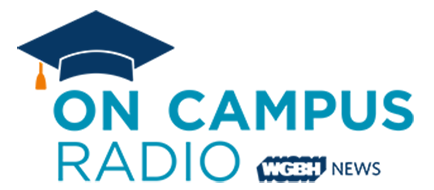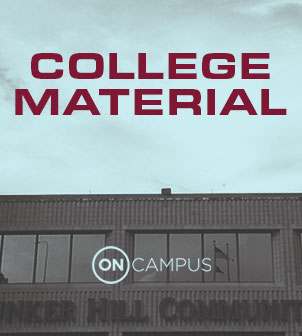The cost of college has skyrocketed in recent decades, and few higher education observers say they know how to reengineer the affordability problem.
A chart produced by Bloomberg shows that tuition expenses have spiked 538 percent since 1985. That's compared to a 286 percent increase in medical expenses and a 121 percent increase in the consumer price index.
Bloomberg reports:
"The “skyrocketing” increases exacerbate income inequality by depriving those of less means of the schooling they need to advance and may also derail the “prestige and status” of U.S. higher education, said Michelle Cooper, president of the Washington-based Institute for Higher Education Policy. While U.S. schools have remained competitive globally in the face of declining state subsidies and rising tuition costs, it’s fair to ask whether students are getting what they pay for, she said."
On average, colleges are giving back 45 percent of their escalating tuitions in the form of financial aid and grants, according to the National Association of College and University Business Officers. But student loan debt remains a concern as students are graduating - on average - with $28,000 in debt.
For colleges and students alike, higher education observers agree, that trend is unsustainable.
A small private institution in Ohio is taking a new approach. Ashland University is slashing its tuition by 37 percent - or $10,000. The school is also reducing the amount of aid it offers, hoping to arrive at a sticker price that's closer to what students pay.
Despite escalating debt, data shows investing in a college degree is still a good long-term investment.










